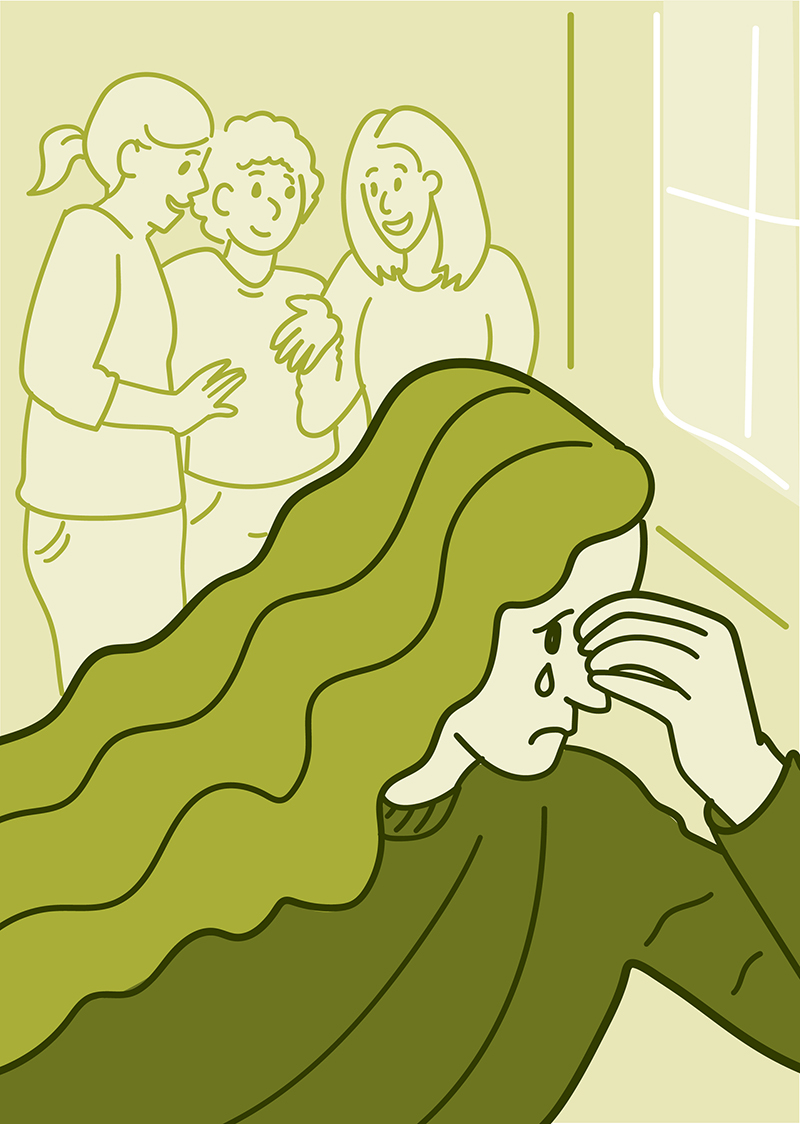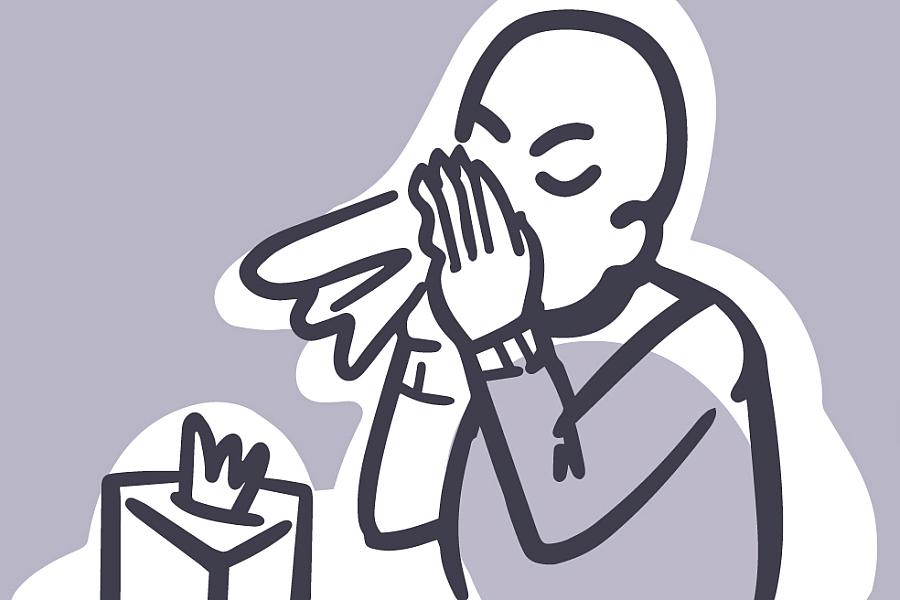Spotting Borderline Personality Disorder
Early Signs May Lead to Better Treatment

We all have trouble from time to time managing strong feelings or relationships. But for people with borderline personality disorder (BPD), these are a constant struggle. They cause a lot of distress and can often lead to self-harm and suicidal thoughts. Experts are trying to identify who’s at risk for developing BPD early in life, in the hopes of more effective treatment.
“Historically, borderline personality disorder has been viewed as an adult disorder that just appears when someone’s 18,” says Dr. Diana Whalen, a psychiatry professor at Washington University in St. Louis. “But we know that can’t possibly be the case. We know that there are developmental risks or red flags that come well before someone is 18.”
Adults with BPD tend to be impulsive. They have frequent changes in their moods and feelings. They struggle to control their emotions. Such challenges can affect how they feel about themselves. They can also affect their relationships with others.
Whalen’s team has been studying symptoms in young kids who are at risk for developing BPD. They’ve found that kids who hide feelings of sadness are more likely to show symptoms of BPD later on. So are kids who have trouble understanding and talking about their emotions. Not wanting friends to have other friends and being more sensitive to social rejection are also early risk factors.
“Everyone should feel some level of rejection if you’re excluded from something, and that’s normal,” Whalen explains. “But kids at risk for BPD feel rejected for longer. They also feel rejected in instances that other people may not—like if somebody didn’t say hi to them in the hallway at school. They have a hard time not thinking about it. Other kids might ignore that or just move along.”
Whalen’s team is studying whether social media worsens this effect. “We’re trying to figure out: ‘Does the online context make that worse because it’s always there?’” she explains. “In person, interactions start and stop at very specific times.”
Treatments are available to help people diagnosed with BPD. One therapy, called dialectical behavior therapy, can help build emotional and social skills to improve day-to-day life. Some medications have also been shown to help reduce symptoms. A mental health professional can help you find what works best for you.
“We’re researching early signs of BPD because we want to try to reduce the suffering of those who have it, and learn how can we intervene sooner,” Whalen says. “Adults who have BPD tell us things like, ‘I’ve been suicidal my whole life’ or ‘I’ve never had a friend.’”
If you’re concerned that your child is struggling with friendships and managing their feelings, talk with a mental health professional, Whalen advises. They can help create a treatment plan.
“We don’t recognize BPD yet as a disorder that can fully emerge in childhood,” Whalen says. “But there are risk factors at a young age, and if you’re really seeing this at age 8, don’t be afraid to mention it to your clinician.”
NIH Office of Communications and Public Liaison
Health and Science Publications Branch
Building 31, Room 5B52
Bethesda, MD 20892-2094
Contact Us:
nihnewsinhealth@od.nih.gov
Phone: 301-451-8224
Share Our Materials: Reprint our articles and illustrations in your own publication. Our material is not copyrighted. Please acknowledge NIH News in Health as the source and send us a copy.
For more consumer health news and information, visit health.nih.gov.
For wellness toolkits, visit www.nih.gov/wellnesstoolkits.




